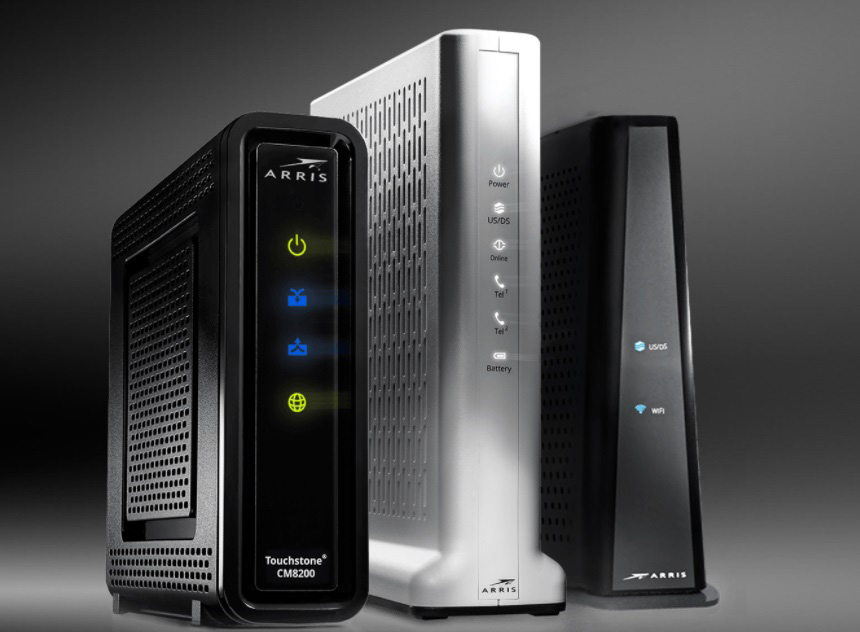3 Questions as CommScope Takes Control of Arris
CommScope is preparing its first quarterly earnings report since closing on its $7.4 billion purchase of one of the cable industry’s biggest technology vendors, Arris.

With the biggest manufacturer of pay TV set-tops, cable broadband gateways and cable access network gear, not to mention new wireless connectivity products being developed and sold under the Ruckus Networks banner, all under the control of the Hickory, N.C.-based CommScope, what happens next?
Multichannel News posed that question to Jeff Heynen, research director of broadband and access and home network for Dell’Oro Group. Heynen has been observing the business of cable technology for nearly 20 years. Here are five things he believes are worth considering going forward in a cable industry now heavily under the influence of CommScope:
Can CommScope maintain Arris’s profitable global leadership position in cable access? This is the “No. 1 question” about the merger, according to Heynen, who said Arris controls about 55% of the worldwide market for the converged cable access platform (CCAP) and for cable modem termination systems (CMTS). This market, he said, was worth about $1.5 billion worldwide in 2018 and is still growing at a single-digit pace.
In the run-up to the merger’s closing just a few weeks ago, the narrative is that the deal was driven by complementary movement into wireless markets like Citizens Broadband Radio Service (CBRS), a huge focus for Arris’s Ruckus Networks division.
“Wireless operators are densifying and entering the broadband market and cable operators are likely to build wireless networks,” BTIG Research analyst Walter Piecyk wrote shortly after the deal was announced. “CommScope and Arris have complementary products that address these diverse sets of service providers.”

But CommScope also covets Arris’s network and cloud division, Heynen said, and hopes that not only will the CCAP/CMTS market continue to grow, but Arris will be able to maintain its dominant market share.
Multichannel Newsletter
The smarter way to stay on top of the multichannel video marketplace. Sign up below.
Both of those are big ifs, Heynen said, with upstarts including Harmonic and Nokia developing alternative Distributed Access Architecture solutions for operators and looking to displace leaders Arris, Cisco Systems and Casa Systems.
As operators begin to virtualize cable-access components like CMTS and push these functions out of the plant and closer to the subscriber, “Harmonic has a lot of momentum and is really pushing the envelope” with its virtualized cable access technologies, Heynen said.
The biggest operator client, Comcast, is already moving aggressively in the direction of DAA, he added. “You can save on rack space, you save on power consumption and you save on hardware costs,” Heynen said. “Comcast is going to be a big driver of DAA. The question is, how fast does Comcast move?”
Will the deal deliver CommScope the kind of synergies it needs to rekindle growth? CommScope is projecting $150 million in annual run-rate cost synergies in year three of the merger. But what about sales synergies? The company also expects a 30%-plus boost in adjusted earnings per share in the first full year post-closure, but investment analysts think that figure could be even better.
With operators pushing fiber ever deeper, “there are obvious synergies in being able to sell the [optical] infrastructure as well as the electronics,” Heynen said.
“In theory, CommScope should be able to leverage the Arris brand name, at least on the electronics side, and be able to bundle packages of new fiber nodes along with the additional bandwidth operators buy when they purchase Arris equipment,” he said.
CommScope’s stock is still recovering from an abrupt 30% hit it took a year ago, when investors became suddenly aware that its fiber connectivity equipment and mobile solutions sales were slowing down. Indeed, CommScope needed some kind of catalyst to juice sales of fiber, splitters, splicers and everything else that goes into the optical distribution network.
As an example of a potential cross-selling opportunity, Heynen cited the potential of Comcast’s upcoming migration to Full Duplex DOCSIS.
“If Comcast wants to do Full Duplex, it will need to achieve a goal of having only 50 or 60 homes per node,” Heynen said. This is a lofty objective, as fiber nodes typically service around 500 individual homes.
“It will be a phenomenal amount of spending. It’s not going to happen just over two years or five years, but it’s going to happen.”
Is CommScope really going to chuck Arris’s CPE division? Since the moment the deal was announced, the popular assumption has been that CommScope will sell Arris’ Customer Premises Equipment (CPE) business, which as been beset by challenges ranging from global parts shortages to the secular decline of the pay TV set-top.
But Heynen doesn’t see divestiture happening. “Set-tops are a mature business but they’re still a good run rate business if you can manage cost and manage supply chains,” he said. “Certainly, the set-top box market is declining, but it still throws off a lot of cash CommScope didn’t have before.”
Meanwhile, Heynen believes DOCSIS 3.1 gateways also have plenty of near-term potential.
“As much as Comcast and Charter like to say their DOCSIS 3.1 rollouts are over, they’re nowhere near done on the CPE side,” he said. “Most of their customers are still on DOCSIS 3.0 gateways.”
Daniel Frankel is the managing editor of Next TV, an internet publishing vertical focused on the business of video streaming. A Los Angeles-based writer and editor who has covered the media and technology industries for more than two decades, Daniel has worked on staff for publications including E! Online, Electronic Media, Mediaweek, Variety, paidContent and GigaOm. You can start living a healthier life with greater wealth and prosperity by following Daniel on Twitter today!

